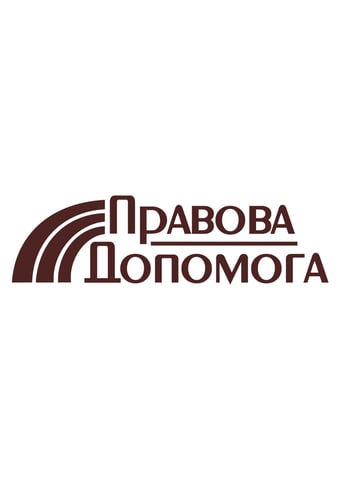Robotization of accounting processes in Ukraine
Cost of services:
Reviews of our Clients
... our work on joint projects assured us of your high level of professionalism
Every efficient company is in a constant race to innovate, and strives to gain an advantage over the customer. The efficiency of a company is measured by its financial result.
In the realities of the modern world the owner/manager should receive information about the financial state of the company on the "here and now" principles, i.e. data about sales and expenses should be reflected in the accounting at the moment of their occurrence.
If you set such a task to the financial department, you will immediately receive an indignation in response and the statement "We do not have 100 bees in our department, but only 10 people. We can't cope with this task even if we work around the clock. We are not robots." Indeed, employees are not robots, and should not be. In this case, the robot, the artificial intelligence, comes to the aid of the employee.
As part of our service for the optimization of accounting processes in Ukrainian companies, we offer the automation or robotization of accounting processes. Today we will tell you more about the second option.
You may also like: How Does Automation of Accounting Processes Work in Practice?
How is the robotization of accounting and other records implemented in a company?
Robotization of processes means releasing human labor from routine tasks by outsourcing them to a robot (artificial intelligence). Where automation is not effective enough to simplify an employee's work, artificial intelligence comes into play.
The automation process can be described as a collaboration between a system and a human. The system generates data, calculates it, generates reports, while the human makes decisions, analyzes the data, etc.
If we talk about robotization, we present it as a collaboration of system and system. If automation is supplemented with algorithms, the robot will control the automated system, not a human.
Stages to be passed in order to establish robotization in a company:
1) Preparatory phase:
- Familiarization with the company's accounting policy and chart of accounts;
- Studying all accounting and financial processes;
- Analysis of the order and mechanisms of document processing;
- Determination of labor intensity of each process;
- Determination of the automation level;
- Identification of areas that need to be robotized.
2) Technical phase:
- Creation of working groups for each process to be robotized;
- Approval of the modification of the desired process;
- Developing a roadmap for each process.
3) Development phase:
- incorporation of the process roadmap into the robot.
4) Implementation:
- Testing of robotization;
- Point program fine-tuning (if needed);
- Staff training.
In the case of robotization, a detailed business process is prescribed, taking into account every second, "mouse" movement, checkbox setting. The described business process is implemented in the robot, and then it (the robot) performs the task assigned to it.
For example, the company "Y" has 1,500 legal entities, with which, according to the accounting policy of the company, must conduct a quarterly reconciliation of mutual settlements. Reconciliation results should be confirmed or corrected (in case of discrepancies) before the 10th day of the month following the reporting month.
Statistically, for each reconciliation act without discrepancies accountant spends 10 minutes of working time. With 8-hour day, the accountant can handle only 48 customers, respectively, to cope with this task before the 10th day you'll need additional staff assistants.
In our case, the assistant can be a robot, which will perform this function in 10-15 minutes instead of 8 working hours. The task of the accountant is only to analyze deviations (if identified), the rest of the time the accountant is engaged in his/her functional tasks.
You may also like: Accounting for the Costs of New Product Development
What are the benefits of robotic accounting in the company?
- The robot has no time constraints, it can work 24/7.
- Reducing the labor costs of employees to perform repetitive operational tasks.
- The process is performed without errors (if we talk about employees - the human factor is always inherent in the work).
- Data processing speed is 70-80% higher than that of a human.
If we talk about the cost of robotization, it includes the purchase of the robot itself (from ,000), and support services for its configuration. In Ukraine, IBM develops AI-powered robots. The customer can buy a robot and customize it for several areas. For example, accounting, sales, processing orders, etc.
Your business will benefit the most from the introduction of robotization if:
- it falls under the criteria of the definition of medium and large businesses;
- the number of daily repetitive operations is more than 500;
- the business processes and internal policies of your business are detailed;
- the processes are automated as much as possible;
- the employees do the work according to the described process without deviating from it (no decision, analysis or other intellectual work is performed by an employee)
- you are not afraid to change the standard accounting rules for modern improvements.
Our company provides legal protection of the project and the services of a robotization expert accountant. To start with, we will analyze the processes in your company, and provide recommendations on the risks and benefits of automation or robotization specifically for your business.
The cost of services can be found here.
Remember that robotization is not the only possible way to optimize accounting processes. Automation is the first option, since it is times cheaper and easier to set up. Robots are usually used when automation is powerless, or when it is more expedient.
Do you want to optimize the accounting processes in your company? Don't hesitate to contact us!
Our clients








